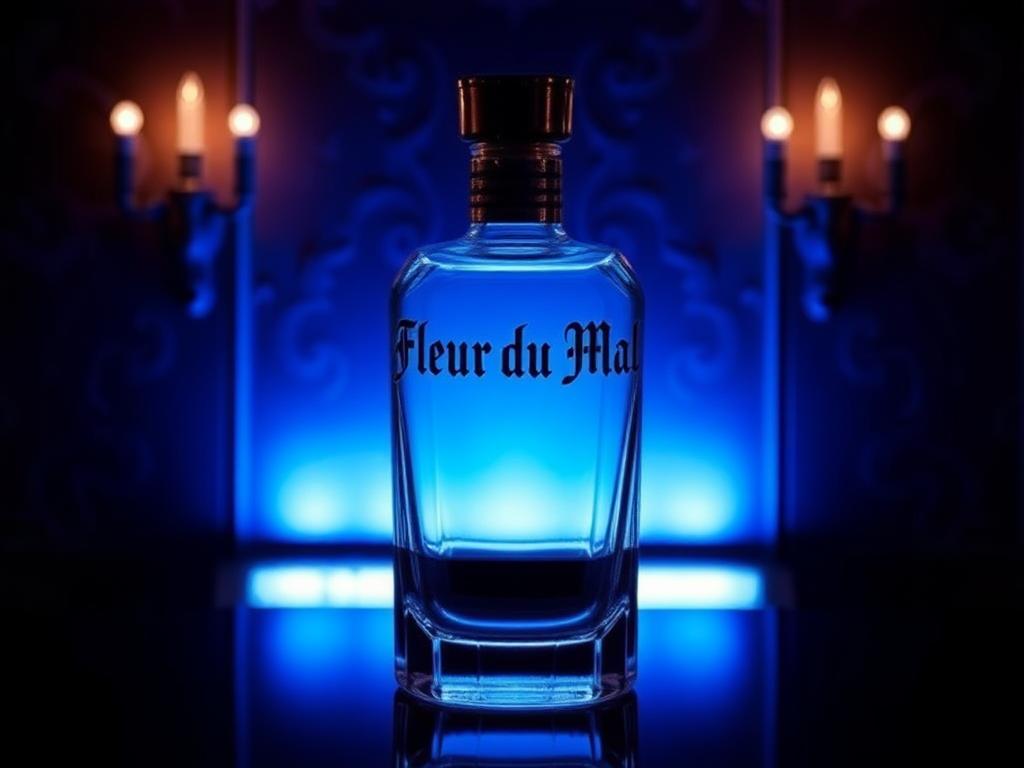Fleur du Mal underwear has been worn as outerwear by celebrities including Anne Hathaway, Sienna Miller and Kendall Jenner.
The brand has gained prominence for its satin and French lace bras, bodycon dresses and suits, and loungewear.
Beyond the lace, however, lies the challenge of keeping a fashion line buzzing and relevant in an industry where thousands of companies live and die based on the latest trend. CEO Jennifer Zuccarini has been successful at it for over a decade.
Creating a fashion line in 2024, she said, isn’t just “building and editing… It’s really creating a complete emotional experience that someone has with the brand.”
That’s why Zuccarini, who started Fleur du Mal in 2012, launched the company’s Instagram before launching the product itself.
“You ultimately become a content creator yourself. And content is a full-time job,” she told The Post while sitting at the company’s headquarters in Nolita. Zuccarini and many of her employees regularly wear dresses, skirts and blouses from the line to the loft office, which feels like a Fleur du Mal advertisement come to life.
Named after a collection of Baudelaire poems, some of which were banned for immorality in 19th-century France, Fleur du Mal is best known for its sexy, boudoir-inspired outfits—like the slip dress that steals scene worn by Anya Taylor-Joy’s character in the 2022 film The Menu.
But bring a small brand, sometimes they have to fight when a designer asks to borrow an outfit for a photo or film shoot.
“We can do it in a few days if we have to. We did things in one day,” Zuccarini said, recalling the music video for Nicki Minaj’s “The Night Is Still Young.” “I was up at three in the morning with my design team attaching pink diamonds to a hot pink suit.”
Beyonce wore Fleur du Mal shorts in Japan, Kendall Jenner wore a bodycon for her birthday and Anne Hathaway wore a corset top on the Tonight Show with Jimmy Fallon. Sienna Miller appeared in a platinum dress at a Golden Globes after party.
These kinds of moments are priceless for a brand that doesn’t have the budget for celebrity ambassadors or expensive fashion magazine ads.
“Paying any of those people to wear something would be astronomical,” Zuccarini said. “I really romanticize the way things are [used to be in the business] — if only we could buy just one page in Vogue. But instead, we have to do a lot more and spend a lot more to get the same presence.”
That means constantly creating videos and photo shoots to make the brand a must-follow on social media, as well as hosting panels on sexual wellness and sending out a newsletter with content like a roundup of the sexiest rooftops in New York City.
“I think about everything through that lens of who our wife Fleur is and what she might be interested in,” the CEO said.
Zuccarini — who moved from Canada to NYC in 2001 to attend the Fashion Institute of Technology — worked at Nanette Lepore’s design house in the Garment District before landing a job at Victoria’s Secret as a designer a few years later.
When she started Fleur du Mal, she was eager to build her business in the city thanks to the abundance of fashion talent. Zuccarini initially prioritized using local produce and vendors—but the reality of trying to produce in the city has proven a challenge.
She based production out of a NYC factory that, it turned out, was struggling financially and had shut down while in the middle of fulfilling a Fleur du Mal order.
“I had to pay to keep that factory open, pay all the workers and do everything I could to keep that factory running and so I could have a collection to sell,” Zuccarini recalls.
“If you’re doing things in New York City, you’re paying people a very high minimum wage, and that garment is going to be like $500, $600 … there’s no way that Fleur du Mal is going to make mostly items .” China, Peru, Portugal, India and Myanmar.
“There’s just, I think, a big disconnect between people saying, I want things to be made in the U.S. and actually understanding how much you should pay for that item,” she lamented.
Zuccarini questions whether the “manufacturing economy” can be “sustainable” in New York City, adding, “I’m worried about that … I want the Garment District to live.”
But Zuccarini is optimistic about the New Yorker’s ability to make it all work.
“I’ve been in New York for over 20 years and there’s not a day that goes by that I don’t appreciate it. I just feel like it’s the best city in the world: the talent, the vibrancy of the city, the resources.
“There are so many challenges, obstacles,” she admitted. “If you’re not bringing your best, you can’t get here. So it brings out the best in people.”

This story is part of NYNext, a new editorial series highlighting New York City’s innovation across industries, as well as the personalities leading the way.
